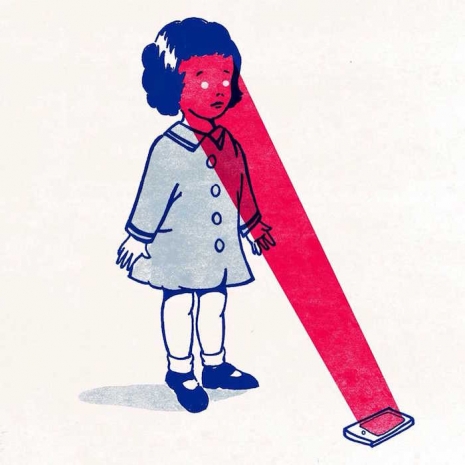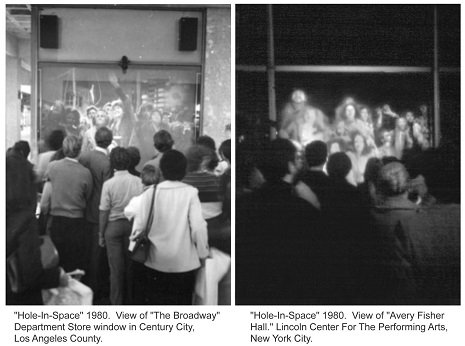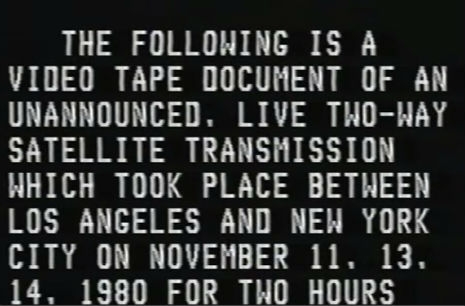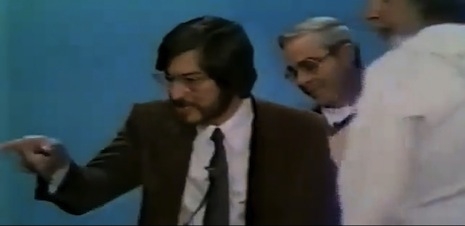
Well, we knew this was going to happen. We were warned often enough but did we listen? Did we heed the warning given out in episodes of The Outer Limits, Twilight Zone or Black Mirror, innumerable B-movies and books from H. G. Wells to Stephen King? No, we thought we knew better. We were having way too much fun to even think about what we may be mortgaging for getting all those likes on Facebook and all those followers on Instagram and Twitter. We were only in it for the LOLz.
Then one day, our life’s all used up and we’re part of the machine. It’s no fun anymore but still we can’t help checking our feed, tweeting our food and liking every fucking picture of a grumpy-looking cat. WE are the pod people sci-fi warned us about! Like OMG!
Artist Kristian Jones produces neat illustrations of children and families whose lives have been taken over by the technology they use. His figures look like the characters once found in children’s stories who are now transported to a strange, surreal science-fiction land where technology snoops and insidiously steals away their very life force.
Jones is a self-taught artist based in Birmingham, England. His work which has been featured in galleries, magazines, posters and a clothing range “depicts our relationship with the modern world”:
...in a surreal and twisted form to highlight the problems with modern day living, preying on the innocence of childhood imagination, surreal worlds and fictional creatures.
Jones’ illustrations are funny and chilling. We recognize his point but know the same was once said about television and radio, or cinema and leisure time—where the Devil was always making work for idle hands. Technology is neither good nor bad—it’s all about us and how we use it. Jones is wise to this too and has in one picture Old Nick leading a group of idle carefree kids on a merry dance to Hell, while in another a boy peers into his tablet just like Narcissus who was smitten with his own reflection.
He is also part of the Brothers of the Stripe collective of illustrators and graphic designers. More of Kristian Jones’ work can be seen and purchased here.


More of Kristian Jones’ work, after the jump…















